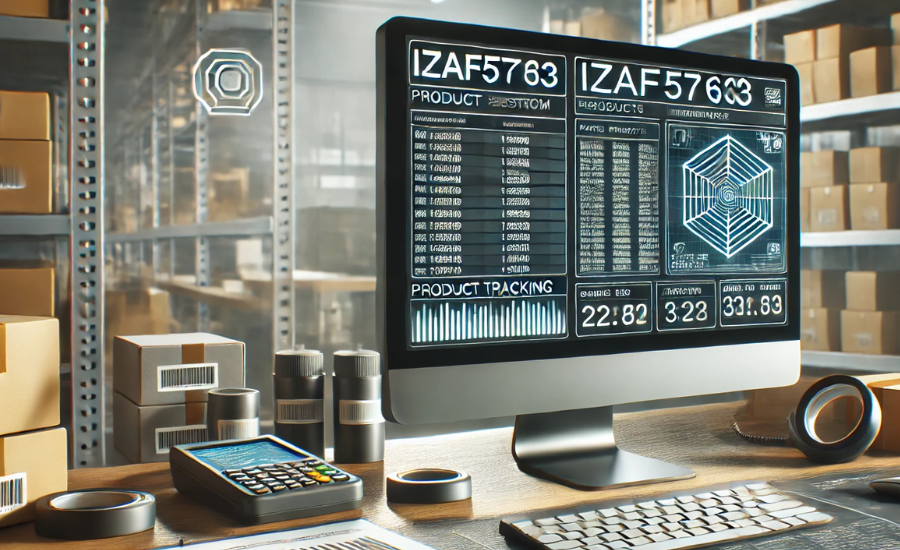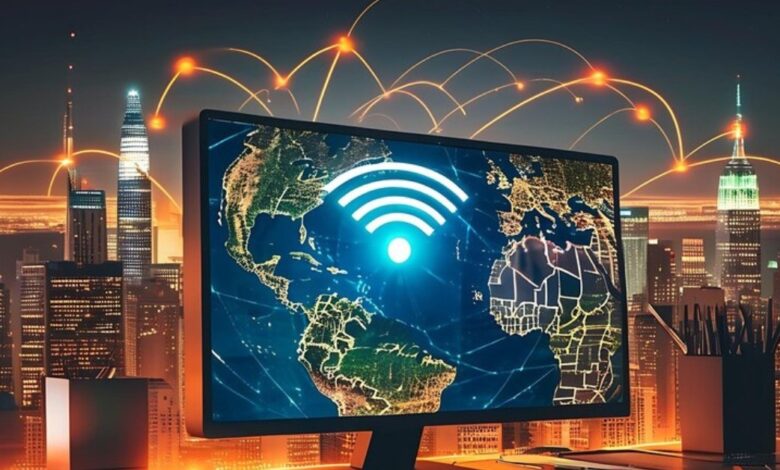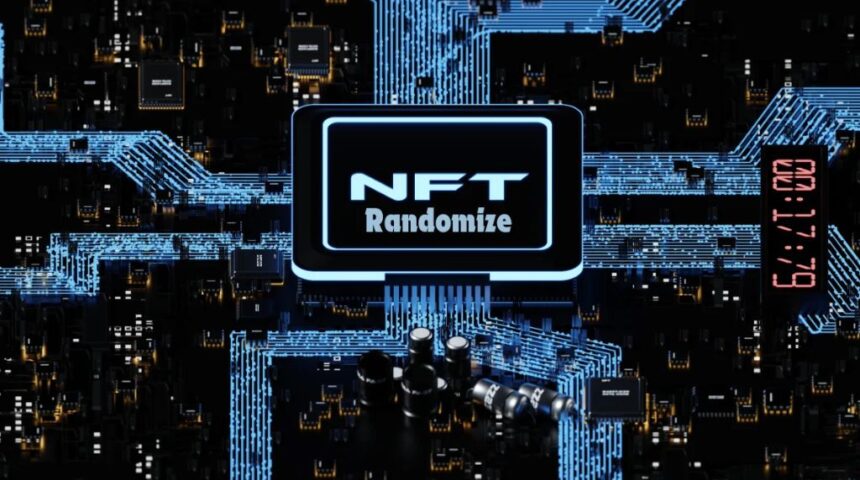The rise of cyber threats and increasing regulatory demands have put pressure on organizations of all sizes to strengthen their cybersecurity measures. One crucial role in this effort is that of the Chief Information Security Officer (CISO). However, not every company can afford a full-time CISO, which has led to the growing popularity of the virtual Chief Information Security Officer (vCISO).
A vCISO is an outsourced cybersecurity expert who provides the strategic guidance and oversight of a traditional CISO but on a part-time or project-based basis. These professionals help companies develop, implement, and maintain their cybersecurity strategy without the cost of hiring a full-time executive. vCISO services, often offered by companies like ptciso, are especially valuable for small to medium-sized enterprises (SMEs) that need top-tier cybersecurity leadership but cannot afford the overhead of a full-time role.
With the growing demand for vCISO services, it’s crucial to understand how to evaluate the effectiveness of a vCISO and ensure that they are delivering the right security outcomes for your organization. In this blog post, we will cover key criteria to assess the performance of a vCISO, ensuring they meet your company’s cybersecurity needs while driving long-term security success.
1. Alignment with Business Objectives
One of the primary responsibilities of a vCISO is to align cybersecurity strategies with the broader business goals of the organization. Security shouldn’t be a siloed function—it should support business operations while mitigating risks. Therefore, the effectiveness of a vCISO largely depends on their ability to understand your company’s mission, vision, and objectives, and tailor a security strategy accordingly.
Questions to Ask:
- Has the vCISO worked closely with leadership to understand your organization’s business model and key operations?
- Are they developing security policies and procedures that protect sensitive data while enabling the business to grow and innovate?
- Can they demonstrate how cybersecurity investments and controls are contributing to overall business objectives?
A strong vCISO will not only manage threats and vulnerabilities but also ensure that the cybersecurity program they design empowers the business rather than hindering it.
2. Risk Management and Prioritization
Effective cybersecurity is about managing risk, not eliminating it entirely (which is impossible). An experienced vCISO should be able to identify your organization’s most critical assets and prioritize risks accordingly. They must evaluate and rank risks based on their likelihood and potential impact, ensuring that the company focuses its resources on the most significant threats.
Key Performance Indicators (KPIs) for Risk Management:
- Risk Assessment: Has the vCISO conducted a comprehensive risk assessment, identifying key risks to the organization’s assets, data, and operations?
- Risk Prioritization: Are the risks prioritized based on potential impact and likelihood, ensuring that the most critical threats are addressed first?
- Risk Mitigation Strategies: Has the vCISO developed and implemented risk mitigation strategies, with clear plans to reduce, avoid, or transfer the risks?
The ability to assess and prioritize risks effectively is a core function of a vCISO. This allows organizations to allocate resources where they are most needed and avoid wasting time and money on low-priority risks.
3. Cybersecurity Strategy and Roadmap Development
One of the most critical deliverables from a vCISO is a well-structured cybersecurity strategy that aligns with your organization’s current security posture and future goals. This strategy should be comprehensive and realistic, including a roadmap for implementation.
Evaluating the Cybersecurity Strategy:
- Strategic Vision: Does the vCISO provide a clear, long-term vision for the organization’s cybersecurity efforts? Do they set achievable goals and milestones?
- Actionable Roadmap: Is there a detailed, step-by-step roadmap that outlines the initiatives, timelines, and responsibilities needed to achieve your security goals?
- Adaptability: Is the strategy adaptable to the evolving threat landscape and changing business requirements? An effective vCISO must continually reassess and update the cybersecurity roadmap as the organization grows and new threats emerge.
A vCISO who provides a flexible yet structured approach to cybersecurity will better position your company to defend against both current and future threats.
4. Compliance and Regulatory Adherence
In today’s regulatory environment, ensuring compliance with industry standards and regulations is critical. Whether your organization is subject to GDPR, HIPAA, PCI-DSS, or other regulatory requirements, the vCISO should have the expertise to guide your organization through compliance efforts and maintain it.
Compliance Indicators:
- Compliance Gap Analysis: Has the vCISO conducted an audit to identify gaps between your current practices and regulatory requirements?
- Regulatory Knowledge: Do they have extensive knowledge of the specific regulations affecting your industry?
- Audit Preparation: Are they providing guidance and documentation to help you pass internal and external audits?
Many vCISOs, particularly those from providers like ptciso, specialize in regulatory compliance, helping businesses navigate complex regulatory landscapes without compromising their security posture.
5. Incident Response and Crisis Management
No matter how robust your cybersecurity defenses are, incidents will inevitably happen. The effectiveness of a vCISO can be evaluated by their preparedness to handle cybersecurity incidents and crises.
Key Areas to Evaluate:
- Incident Response Plan: Has the vCISO developed an incident response plan that outlines how the organization will detect, contain, and recover from a cyber incident?
- Incident Response Team: Are there designated individuals responsible for executing the response plan, and have they been trained on their roles?
- Post-Incident Review: After an incident, does the vCISO conduct a thorough review to identify lessons learned and apply them to future responses?
A well-prepared vCISO will ensure that the organization is ready to respond to incidents quickly and minimize the impact of security breaches.
6. Security Culture and Awareness
Another vital role of the vCISO is fostering a strong security culture within the organization. Cybersecurity should not be viewed as solely the responsibility of the IT or security team—every employee plays a role in protecting the organization’s data and systems.
Evaluating Security Culture:
- Employee Training Programs: Has the vCISO implemented regular cybersecurity awareness training programs to educate employees on phishing, social engineering, and other common threats?
- Security Best Practices: Are there policies and procedures in place to ensure that employees follow best practices for data protection, such as password management and secure data handling?
- Leadership Engagement: Is the vCISO engaging senior leadership and stakeholders to prioritize security across the organization?
A vCISO who promotes a culture of security awareness and ensures that employees are actively involved in protecting the organization is one who is effectively embedding cybersecurity into the organizational fabric.
7. Communication and Reporting
Clear communication is a hallmark of an effective vCISO. They should provide regular updates to leadership, the board, and other key stakeholders regarding the organization’s cybersecurity posture, potential threats, and progress on security initiatives.
Key Aspects of Communication:
- Clarity and Transparency: Are the vCISO’s reports easy to understand, even for non-technical stakeholders? A good vCISO can break down complex cybersecurity topics into digestible insights.
- Regular Reporting: Does the vCISO provide regular security updates and risk assessments to keep leadership informed?
- Crisis Communication: In the event of a security incident, does the vCISO have a communication plan to keep internal and external stakeholders informed?
An effective vCISO should not only be adept at managing cybersecurity operations but also at communicating risks and progress to ensure alignment with organizational goals.
8. Proactive Security Measures
Rather than simply reacting to threats, a top-performing vCISO should take a proactive approach to cybersecurity. This involves staying ahead of emerging threats, utilizing threat intelligence, and implementing advanced security measures to protect the organization from evolving cyber risks.
Proactivity Indicators:
- Threat Intelligence Utilization: Is the vCISO leveraging threat intelligence feeds to stay ahead of emerging vulnerabilities and threat actors?
- Penetration Testing and Vulnerability Scanning: Has the vCISO implemented regular penetration tests and vulnerability assessments to identify and patch weaknesses before they can be exploited?
- Advanced Security Tools: Are they recommending and deploying cutting-edge tools, such as endpoint detection and response (EDR) systems, security information and event management (SIEM) solutions, and advanced encryption protocols?
A vCISO who consistently demonstrates a proactive approach to cybersecurity can significantly reduce the likelihood of incidents and breaches.
9. Cost-Effectiveness and Return on Investment (ROI)
Finally, the effectiveness of a vCISO should be evaluated in terms of cost-effectiveness. Since a vCISO is typically hired on a part-time or project basis, their services should provide excellent value relative to the cost of hiring a full-time CISO.
ROI Considerations:
- Cost Savings: Are you saving on overhead costs while still benefiting from high-level security expertise?
- Resource Optimization: Is the vCISO helping to optimize security spend by focusing on the most critical threats and avoiding unnecessary expenses?
- Long-Term Security Benefits: Is the vCISO delivering long-term security improvements that will protect the company for years to come?
By weighing the cost against the value and improvements delivered, you can assess whether the investment in a vCISO is providing a strong ROI.
Conclusion
In evaluating the effectiveness of a Virtual Chief Information Security Officer (vCISO), the conclusion should emphasize the importance of aligning their performance with the specific needs of the organization. Key metrics include the vCISO’s ability to mitigate cybersecurity risks, improve regulatory compliance, and enhance security awareness across the company. Their effectiveness also depends on how well they integrate into the organization’s culture, provide strategic security leadership, and maintain clear communication with stakeholders.










